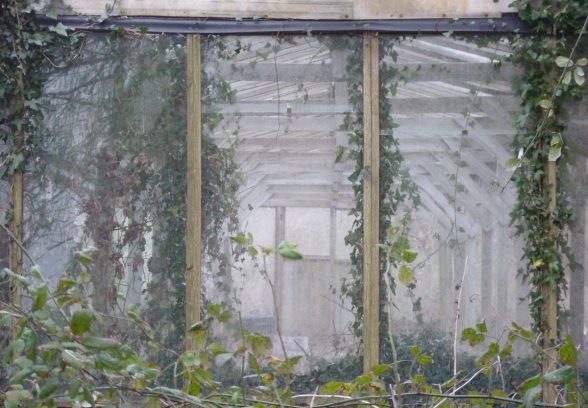This website uses cookies
This website uses cookies to enable it to function properly and to analyse how the website is used. Please click 'Close' to accept and continue using the website.






Clare Dales from C20 Southern Group reports on their recent trip to Sidlesham.
Our first outing of the year was to Sidlesham, West Sussex. Greeted at the concrete pre-fab Village Hall by our host for the day, Dr Bill Martin. Our day began with a fascinating talk, including archive film footage, followed by a village walk.
The Land Settlement Association (LSA), was created in the late 1930s as a response to mass unemployment, especially miners and ship builders from the North-East of England and South Wales. The Smallholdings Act in 1908 gave County Councils powers to acquire land and establish smallholdings. Many of the early smallholders were ex-servicemen of the First World War. It seems that land was provided, but with no training or support with the actual tasks of running a smallholding. The founding principles of the LSA, were that assistance was given for group settlements, not to individual smallholdings, that Co-operative methods for the purchase of tools and livestock and the selling of produce were provided. Settlers, both men and their wives, would be carefully selected. In general the Association proposed to select men who had successfully cultivated allotments.
The LSA provided over 1,000 families the opportunity to begin new lives as market-gardeners. 20 LSAs were set up across England. The largest was Sidlesham, with 120 smallholdings. The LSA film footage we were treated to, and leaflets demonstrated how the men would be ‘put to useful work’ in the fields and for an initial investment would be given tools, a home to live in, and skills in market gardening and animal husbandry. Naturally, the promotional film shows a land of plenty and perpetual sunshine. However not all families stayed on the smallholdings, and returned home within the first year. The LSA continued until being used for producing food for the war effort in WWII. Post war, the LSA continued, until a 1967 Government Review allowed the purchase of land, with groups of smallholdings gradually buying themselves and out and forming growers associations. A new Co-Operative of 89 of the former LSA Growers formed Sidlesham Growers in 1983. It is typical of the groups of smallholdings making use of changing markets, new technologies and consumer tastes. Many of the surviving growers supply items such as salads and soft fruits.
The chilly January walk around Sidlesham gave an impression of the pioneering spirit of the first LSA farmers, who were prepared to take the chance. The village School, was the first pre-fab school in the country, the first to provide free lunches to the children, and is still going strong. Many of the typical houses, of brick, under tiled mansard roofs remain, adjacent to the expanses of glasshouses. These timber and glass structures are striking features in the landscape, although mainly unused, and soon to be removed in many cases for development.
Many thanks to our guide, and the residents of Sidlesham. More information on the LSA, and several videos can be found here.

Become a C20 member today and help save our modern design heritage.